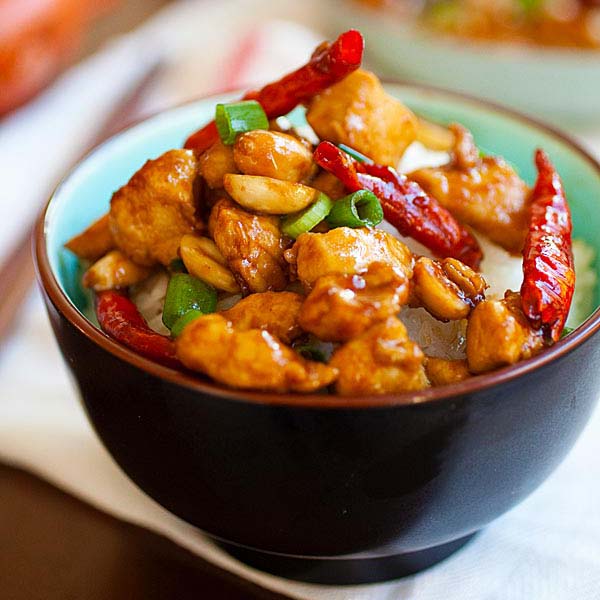Hello ladies and gents this is the Viking telling you that today we are talking about
CHINESE CUISINE
Chinese cuisine is an important part of Chinese culture and includes cuisines originating from the diverse regions of China as well as from Overseas Chinese who have settled in other parts of the world. Because of the Chinese diaspora and historical power of the country, Chinese cuisine has influenced many other cuisines in Asia, with modifications made to cater to local palates. Chinese food staples such as rice, soy sauce, noodles, tea, chili oil, and tofu, and utensils such as chopsticks and the wok, can now be found worldwide.
The preferences for seasoning and cooking techniques of Chinese provinces depend on differences in historical background and ethnic groups. Geographic features including mountains, rivers, forests, and deserts also have a strong effect on the local available ingredients, considering that the climate of China varies from tropical in the south to subarctic in the northeast. Imperial royal and noble preference also plays a role in the change of Chinese cuisine. Because of imperial expansion and trading, ingredients and cooking techniques from other cultures have been integrated into Chinese cuisines over time.
The most praised Four Great Traditions are Chuan, Lu, Yue, and Huaiyang, representing cuisines of West, North, South, and East China, respectively. The modern Eight Cuisines of China are Anhui (徽菜; Huīcài), Guangdong (粤菜; Yuècài), Fujian (闽菜; Mǐncài), Hunan (湘菜; Xiāngcài), Jiangsu (苏菜; Sūcài), Shandong (鲁菜; Lǔcài), Sichuan (川菜; Chuāncài), and Zhejiang (浙菜; Zhècài) cuisines.
Color, smell, and taste are the three traditional aspects used to describe Chinese food, as well as the meaning, appearance, and nutrition of the food. Cooking should be appraised with respect to the ingredients used, knifework, cooking time, and seasoning.
Kung Pao Chicken
Spicy chicken with peanuts, similar to what is served in Chinese restaurants. It is easy to make, and you can be as sloppy with the measurements as you want. They reduce to a nice, thick sauce. Substitute cashews for peanuts, or bamboo shoots for the water chestnuts. You can't go wrong! Enjoy!
Recipe Summary test
- Prep:30 mins
- Cook:30 mins
- Additional: 30 mins
- Total: 1 hr 30 mins
- Servings: 4
- Yield: 4 servings
Ingredient Checklist
- 1 pound skinless, boneless chicken breast halves - cut into chunks
- 2 tablespoons white wine
- 2 tablespoons soy sauce
- 2 tablespoons sesame oil, divided
- 2 tablespoons cornstarch, dissolved in 2 tablespoons water
- 1 ounce hot chile paste
- 1 teaspoon distilled white vinegar
- 2 teaspoons brown sugar
- 4 green onions, chopped
- 1 tablespoon chopped garlic
- 1 (8 ounce) can water chestnuts
- 4 ounces chopped peanuts
Directions
Step 1
To Make Marinade: Combine 1 tablespoon wine, 1 tablespoon soy sauce, 1 tablespoon oil and 1 tablespoon cornstarch/water mixture and mix together. Place chicken pieces in a glass dish or bowl and add marinade. Toss to coat. Cover dish and place in refrigerator for about 30 minutes.
Step 2
To Make Sauce: In a small bowl combine 1 tablespoon wine, 1 tablespoon soy sauce, 1 tablespoon oil, 1 tablespoon cornstarch/water mixture, chili paste, vinegar and sugar. Mix together and add green onion, garlic, water chestnuts and peanuts. In a medium skillet, heat sauce slowly until aromatic.
Step 3
Meanwhile, remove chicken from marinade and saute in a large skillet until meat is white and juices run clear. When sauce is aromatic, add sauteed chicken to it and let simmer together until sauce thickens.
And as always have a chilled day from the Viking

Comments
Post a Comment